THE POWER OF STORYTELLING
How stories create society
Media art:
The first axiom of communication is that you cannot not communicate: this is true now more than ever, affected, if one can say so, by bulimia of communication.
Precisely for this reason, today perhaps more than ever, it is important to dig to the root of the matter and ask why it is so important for Man to tell stories, as they have always been his best tool.
Why we tell stories
Homo Sapiens have not always been the only humans to inhabit the Earth. They have only been around for a relatively short period. In fact, from about two million years until 10,000 years ago, they shared spaces with other species of the genus Homo; suffice to say that 100,000 years ago there were as many as six different species of humans coexisting alongside each other all over the world!
But, whenever Homo Sapiens settled in a new territory, the native population would eventually die out. The reason for this is not yet well understood, and the debate is still very much heated.
What was of primary importance, however, in the survival of Homo Sapiens over all other human species was their ability to be able to stay within groups that were clearly superior in number, being able to cooperate among individuals who often did not even know each other: in this light, their ability to speak played a fundamental role.
Language ability doesn’t strictly consider the ability to convey information in a complex manner concerning real facts (e.g., warning of imminent danger – in this sense, whales and elephants have just as impressive communication skills) as as much as to create information about facts that do not exist. In other words, telling myths. Legends. Stories.
And why do they do it?
Let’s take a step back. Other animals, including non-Sapien humans, can only remain in cohesive groups of a few individuals who must have an intimate and trusting bond with each other to be able to cooperate. That is, in order to function, all individuals in the group must know each other very well.
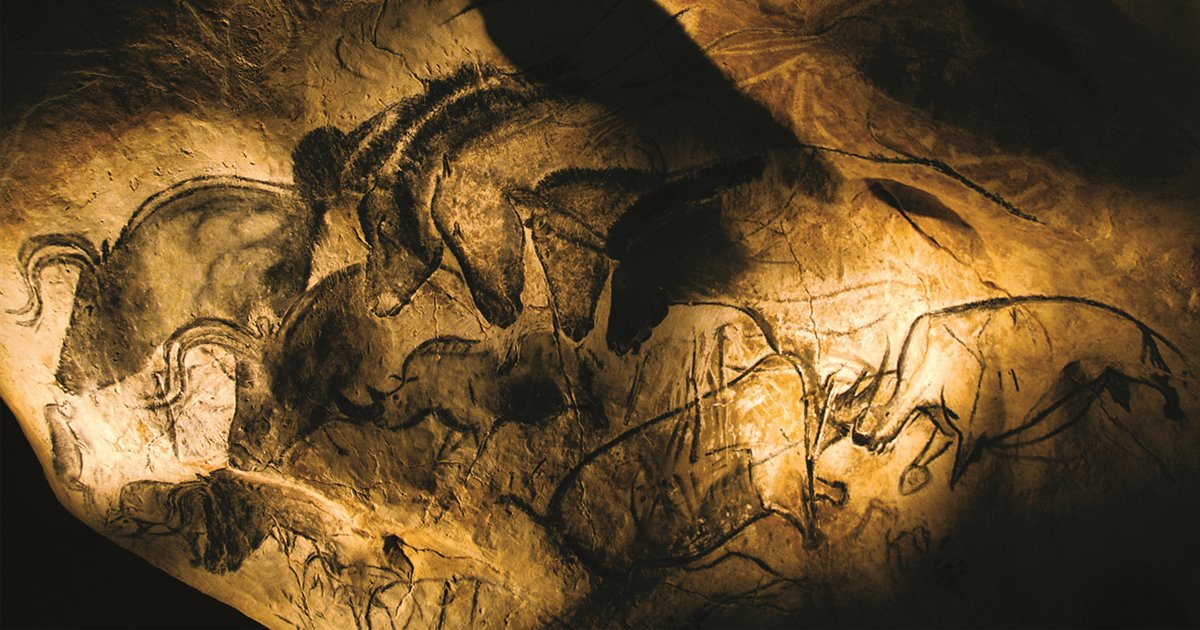
Homo Sapiens, being social animals, see cooperation as its greatest weapon for survival and reproduction. It has the need to live in large groups in which it is physiologically impossible for them to all know each other. They therefore need to create a common bond that does not upset the precarious balance within the group and instead gives it order: what better bond than that given by myth, legend, religion? In short, by a reality that can be imagined collectively and has no real basis?
Alongside the use of spoken language, since time immemorial they have also done so through the use of images (think of cave paintings, which apparently were also linked to religion, as gifts made to the gods, and had various propitiatory meanings).
However, this need to create “connective tissue” can also arise as an attempt to answer the famous Big Questions (e.g. Who are we? Where do we come from? Where are we going? What is the point of it all?), of unearthing a Truth, of, to quote David Mamet, “somehow rearranging the universe into an understandable form”.
Creating stories not to give answers, but to emphasize the collective human predicament. And perhaps we also need storytelling to feel a little less lonely.
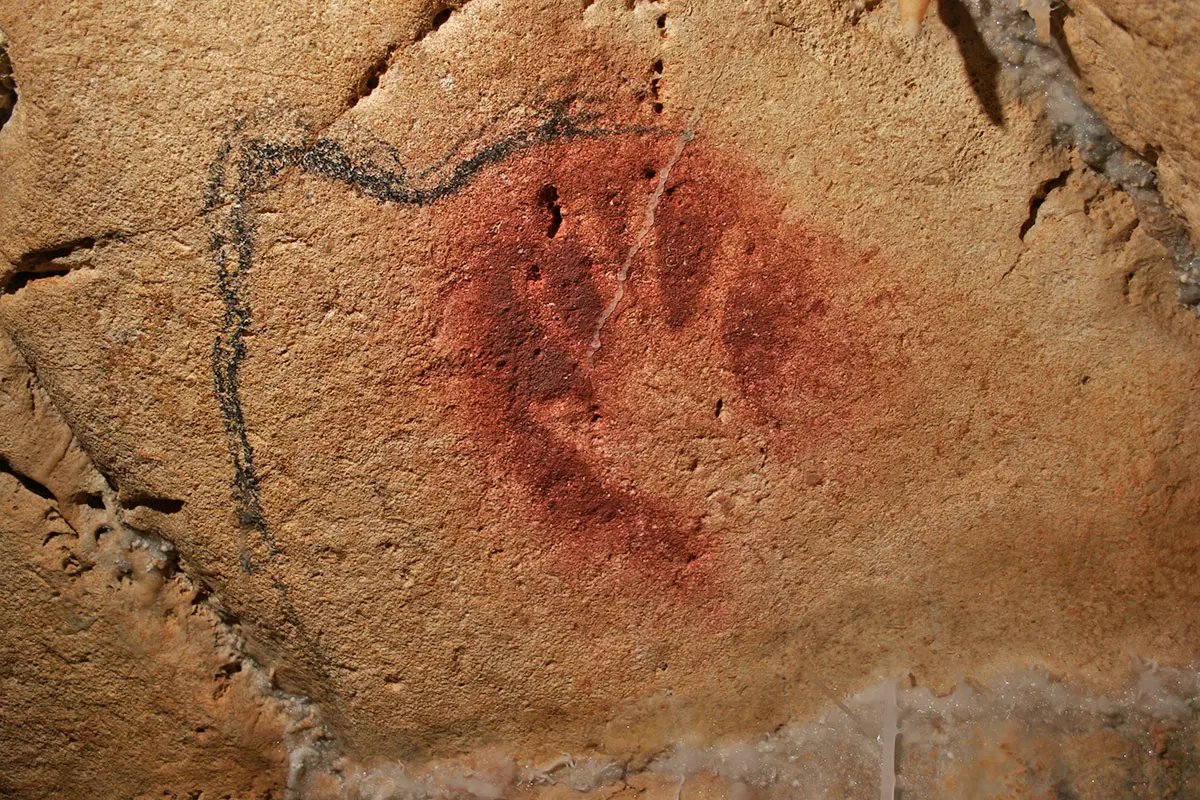
The structure of history
As we have seen, history has always been the glue of collectivity. Therefore, dramatizing is part of human nature; if we think about it, we dramatize everything, even the most impersonal events (such as, for example, the weather). This is because we tend to see our life as a performance in which we cast ourselves as the protagonists.
Dramatic structure is not an arbitrary invention; it refers to the ways in which the human brain perceives, decodes, and reorders events.
Occurrence, elaboration, unraveling of plot; thesis, antithesis, synthesis; boy meets girl, boy loses girl, boy wins over girl; act one, act two, act three.
In fact, the human brain does not perceive randomness: it needs to rearrange events according to the principles of cause and effect, form hypotheses and, from these, process information and then act in a way it defines as appropriate. It is our mechanism for adaptation and, therefore, survival.
In film and the visual arts, it is only natural for humans to try to relate unconnected images to form a story, because we need the world to make sense. Images that, in their succession, tell nothing will from time to time have to be more interesting, more original, more stunning in themselves, so as not to lose the attention of the viewer, who is not stupid, on the contrary, and is very easily bored.
If, on the other hand, the story is there, the viewer will follow the flow of events without needing either pictures or brilliant explanations, but rather with just their interest in understanding what will happen. If a story works, both viewer and author will proceed hand in hand, and their psyche and subconscious will be intimately connected.

The classic structure of the story is the Aristotelian Three Acts, and the events that the protagonist, i.e. the Hero, experiences over this period of time are nothing more than his Journey in search of something he lacks. Yes, because the protagonist, to be so, must be lacking – he must have a purpose, and by virtue of this, he must take certain actions to try to obtain it.
The purpose, however, does not have to be precisely and unambiguously delineated. The more generic it is, the more the viewer will be able to identify with the protagonist: they will fill in the blanks that the author has deliberately left behind. Think for example of the Hitchcockian MacGuffin. Or fairy tales. The prince on the white steed is neither tall nor short, neither thin nor chubby. The prince on the white steed is the child who reads.
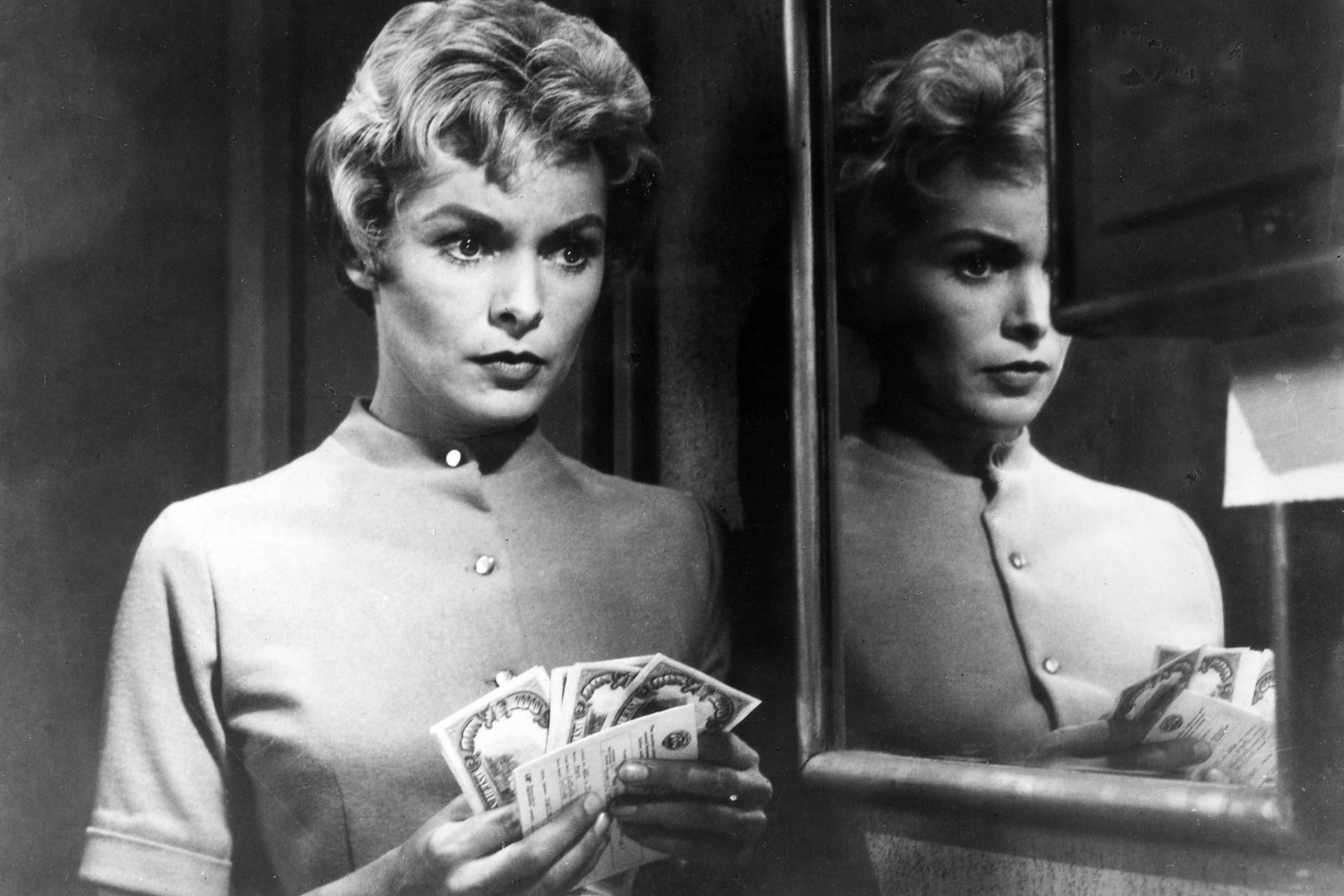
Where do we stand?
Talking about storytelling today also means understanding what it means to tell stories in an age when we seemingly never stop communicating.
It is good to pay attention to how certain social “containers,” one of them Instagram, risk causing works to lose their uniqueness, as well as homogenizing them in terms of both form and content, putting them all on the same level of importance: the poem of a great classical poet risks going more unnoticed than the latest story from one of the hottest influencers of the week… Instead, stories are not all the same, although there is a risk that they may seem so when placed within an incessant production flow.
One can therefore make three macro distinctions: artistic storytelling, commercial entertainment, and, shall we say, “the middle ground,” which is a mixture of the first two.
Artistic storytelling has an open structure; nothing assumed is given to the audience who is instead called upon to participate in the creative process – the story forces them to play an active role, to ask themselves questions, to create their own point of view. To question themselves. The screen, understood as a physical medium, is no longer the undisputed protagonist, and authors explore other creative outlets.
Often the work of art is not easy to enjoy, requiring further successive viewings, a longer and more elaborate digestion. The risk, however, is that sometimes the artist and the viewer “get lost along the way…”
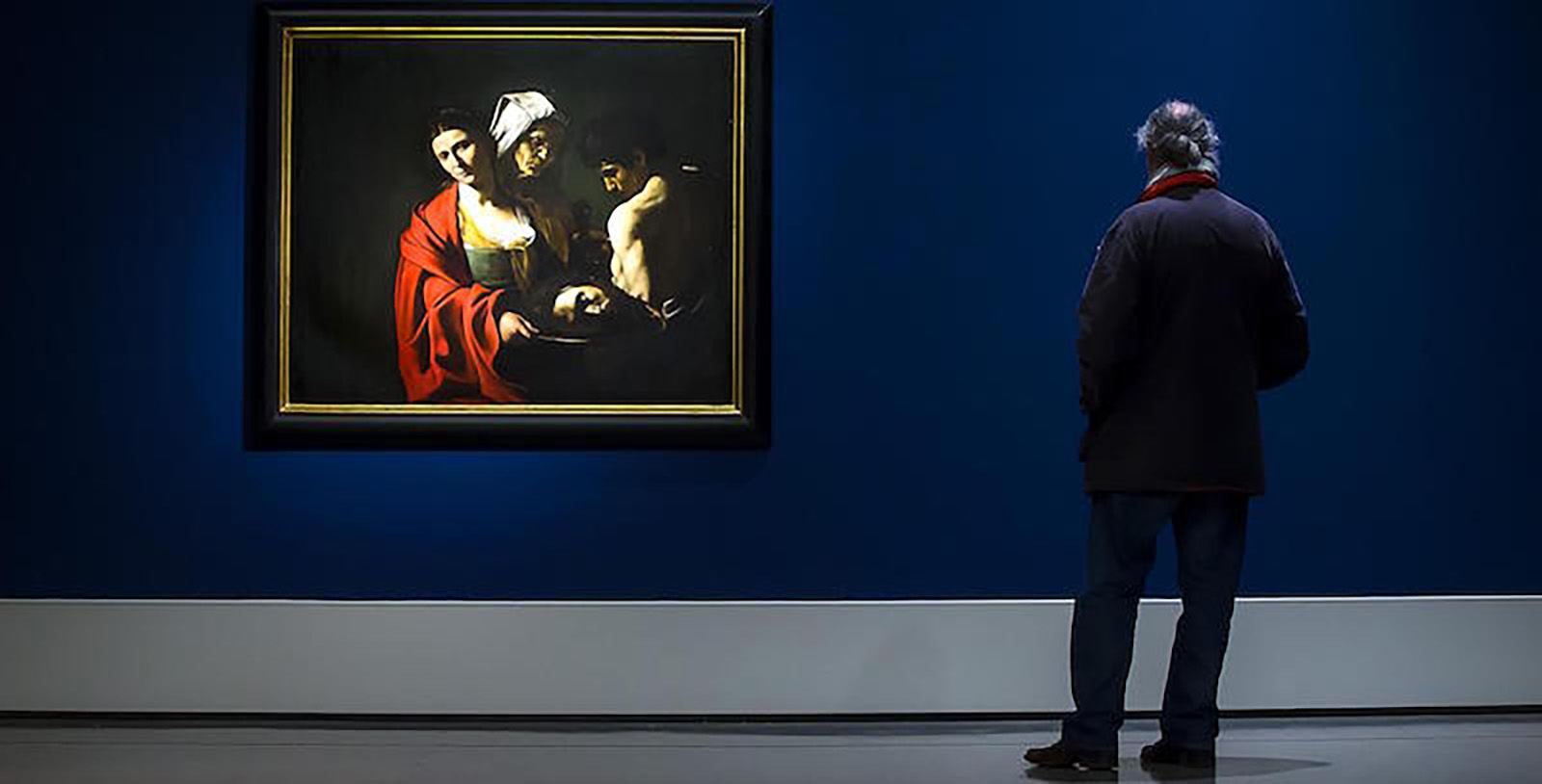
Commercial entertainment, on the other hand, has a closed structure: it gives the audience what they expect to receive. It satisfies our pre-packaged needs, stimulates us in a conventional, predictable way. For our part, we viewers pay precisely to be manipulated, certainly not to work on ourselves or participate in the creative process together with the author. We want to be passive: we pay to delegate control over our emotions to someone else. We pay someone else to make us laugh, to surprise us, to make us cry.
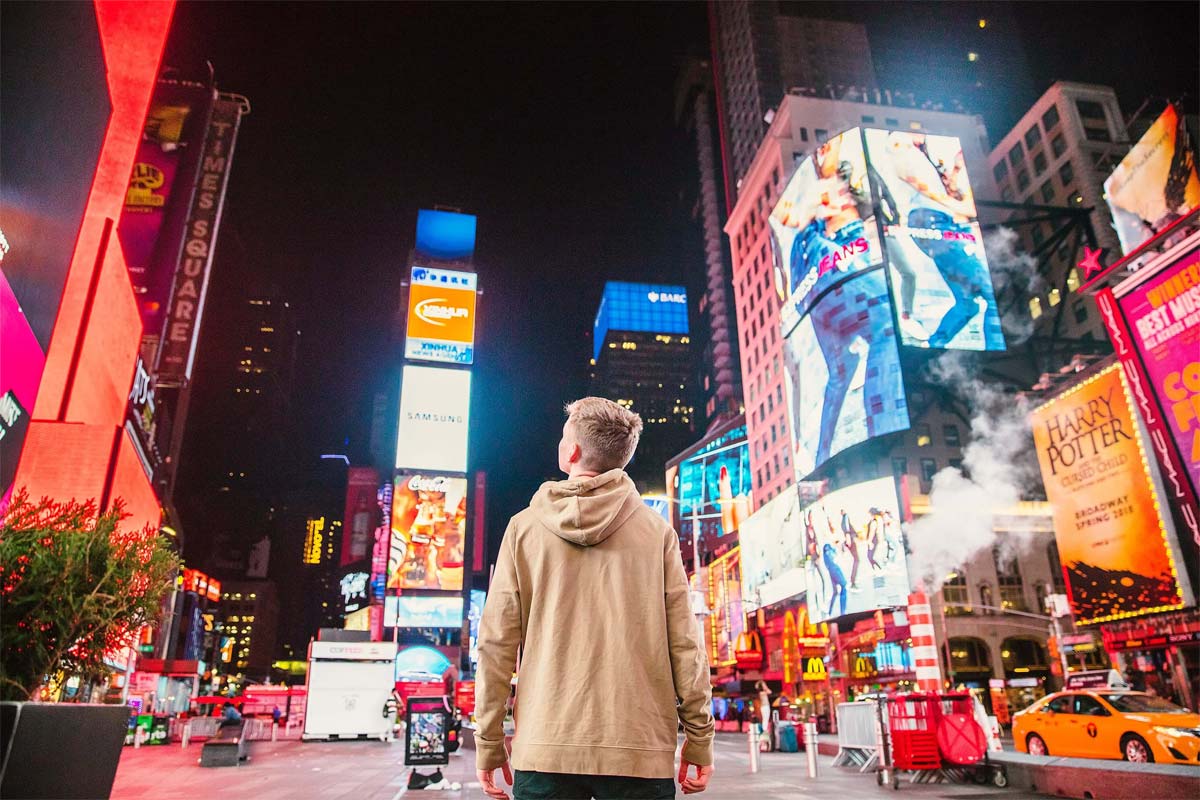
The “middle way”, as noted above, is a compromise between the previous two directions: it sees the presence of a consumer who, in principle, gives precise directives to the author, but guarantees them a space within which they can put their own spin on it. The resulting product conveys a meaning that reaches the viewer quite clearly and directly, minimizing the risk of misunderstanding, but leaving him or her with the opportunity for posthumous reasoning and reflection.
Sometimes it is also the case that the audience is encouraged to intervene directly with the work (as is also the case in artistic storytelling), giving rise to several new, more interactive ways of communicating.
But we will discuss this in the next chapter.
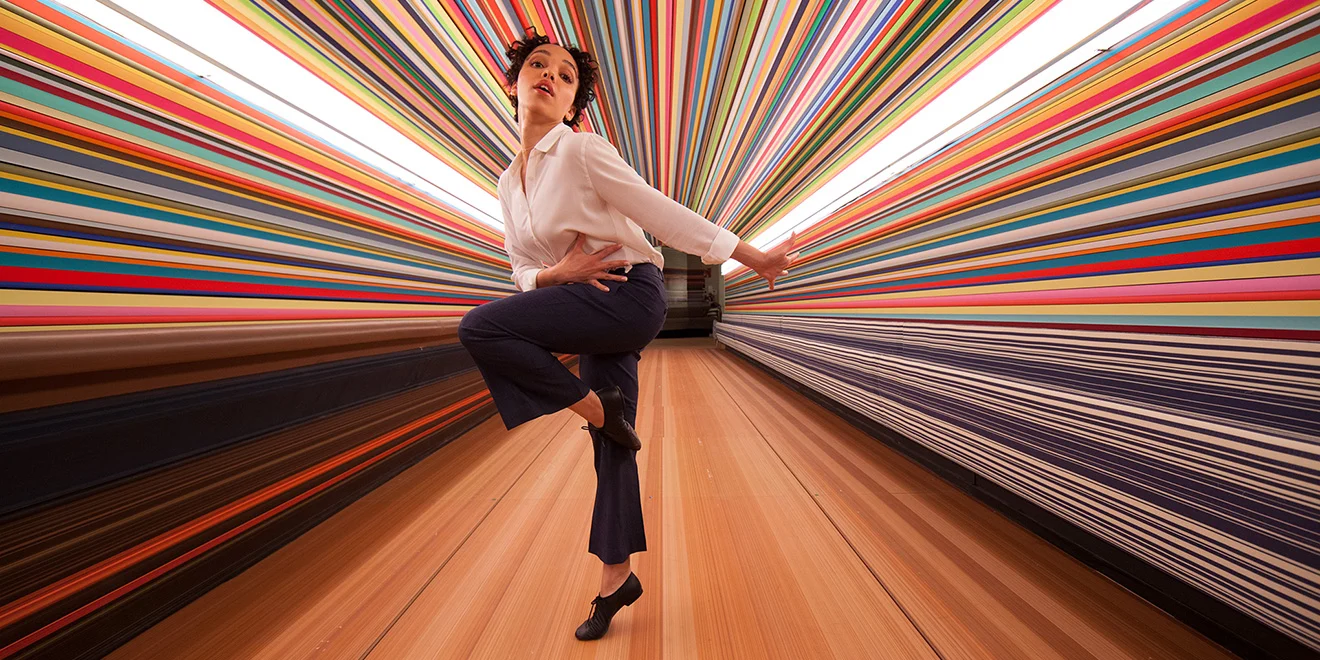
Whatch here: Welcome Home by Spike Jonze — Apple
Irene Toniolo
Director and Visual Artist
Read other articles on our Blog!
Bibliography
Emilio Garroni, Creatività, Quodlibet, 2009
Marshall McLuhan, Gli strumenti del comunicare, Il Saggiatore, 2008
Robert McKee, Story, Omero, 2010
Umberto Eco, Sull’arte, La nave di Teseo, 2022
David Mamet, I tre usi del coltello, Minimum Fax, 2010
Yuval Noah Harari, Sapiens. Da animali a dèi, Bompiani, 2014
François Truffaut, Il cinema secondo Hitchcock, Il Saggiatore, 1997
Gene Youngblood, Expanded Cinema, Clueb, 2013

